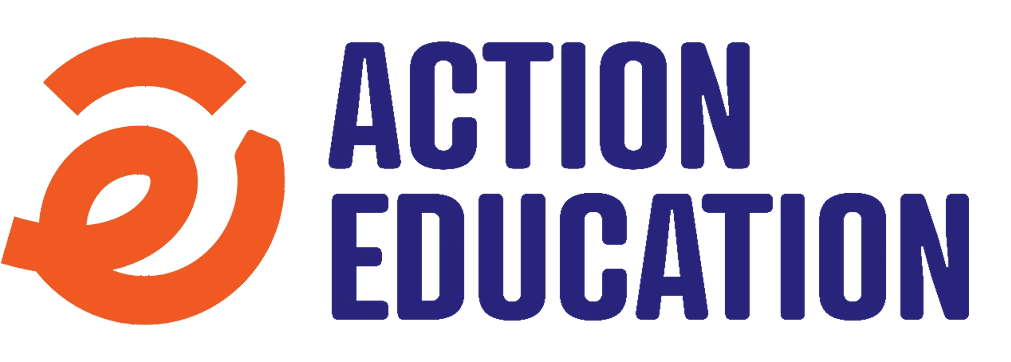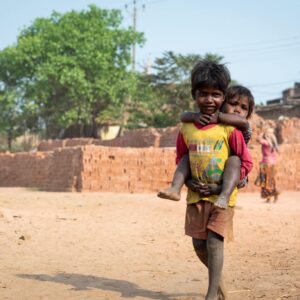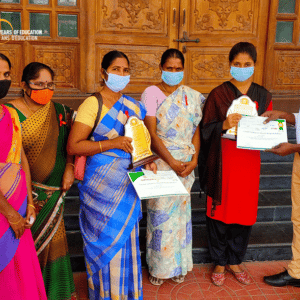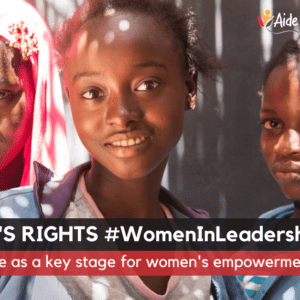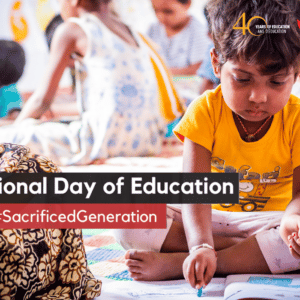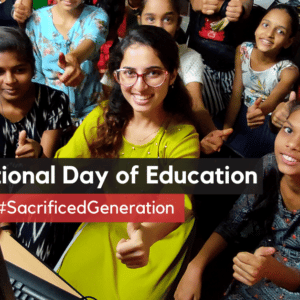All including the IMD predicted a deficient and low rainfall during 2015. The farmers and the people on the ground were all aware about the situations and started their own contingency plans to face yet another drought. Nonetheless, in India the administrative ritual is quite cumbersome and hasn’t transformed since the days of British Raj on drought management. The colonial process of the district collectors’ crop cutting report is considered as significant administrative paraphernalia to announce drought or deny drought in a particular geographical area. Once the ground assessment is done, another high level bureaucratic exercise is conducted by the central government and based on their field report the drought assistance is determined. The sequence of events for declaring drought and initiating relief work hang back hugely and fail to address the immediate and most vital human sufferings and effects like distress and mass migration. This is because, in the absence of timely administrative action to generate rural employment and contingency plan on provision for agriculture, irrigation and drinking water force the vulnerable and poor people to move to urban areas for employment and survival. And thus, along with landless agriculture workers, due to crop failure, the debt ridden farmers also join the bandwagon of wage seeker migrants. While drought is bane for poor people, it is boon time for labour traffickers and middleman who earns good dividends due to sudden spurt in men, women and children predisposed to work as migrant labourers.
India has got a long history of implementation of drought relief programmes and particularly wage employment schemes during drought. The Maharashtra state employment guarantee programme of 70’s was one of the successful drought relief mass employment generation programme ever implemented in India. India had in the past formulated string of rural employment generation programmes, however the Mahatma Gandhi National Rural Employment Guarantee Act in 2005 (MGNREGA) was considered as a historic and ambitious rural employment generation programme to combat rural unemployment, distress, rejuvenate natural resources and create permanent and productive assets for poverty alleviation.
In view of the drought situation, the Central government has increased the number of days under MGNREGA from 100 to 150 in all the drought prone regions. The Government of Odisha has added another 50 days and made it 200 days employment for all the drought prone districts. However, the enhanced employment days under MGNREGA so far has failed to deliver on the ground. In a calamity situation, people will not wait for all the trumpet beat and declaration of additional days of employment under MGNREGA. It is quite visible that, the people on the ground are slowly losing faith on MGNREGA due its poor deliverables. After half a decade of its formulation and implementation, MGNREGA is today marred with lot of structural problems, failed and unsuccessful experiments, corruption and is struggling to reach out to at least 25% of its registered job seekers with 100 full days of employment. In Odisha a massive 66 lakhs people have registered for employment under the MGNREGA, unfortunately it could only provide 100 days of employment to less than 1 lakh people.
In India, the days of food for work, calamity relief work, fodder schemes and emergency feeding programmes are more or less being phased out or are in transition. Despite having loopholes in these emergency programmes, some programmes such as food for work, emergency water supply, adaptable agriculture, fodder for the cattle and emergency feeding for the destitute in the past have greatly benefited the people to reduce vulnerability and confronting the affects of natural calamities.
In 2009, India launched its National Policy on Disaster Management with a vision to build a safe and disaster resilient India. The policy aims to develop a holistic, proactive, multi-disaster oriented and technology driven strategy through a culture of prevention, mitigation, preparedness and response. However, the capacity, knowledge, skills and infusing timely and appropriate budget for both short term and long term planning is lacking. The National Climate Change Action plan and the state plan of action on climate change needs to be implemented on a priority basis to create a resilience community to combat drought and vulnerability. There should be a paradigm shift in managing drought in India. The flagship MGNREGA and the National Food Security Act (NFSA) has got much needed ingredient to provide relief as well as long term solutions on drought Mitigation. While the Food Security Act will prevent hunger and destitution, MGNREGA need to be made more receptive and accountable to create durable assets for agriculture, land & water conservation, forestry and should be proactive in providing employment and timely wages to check distress migration.
